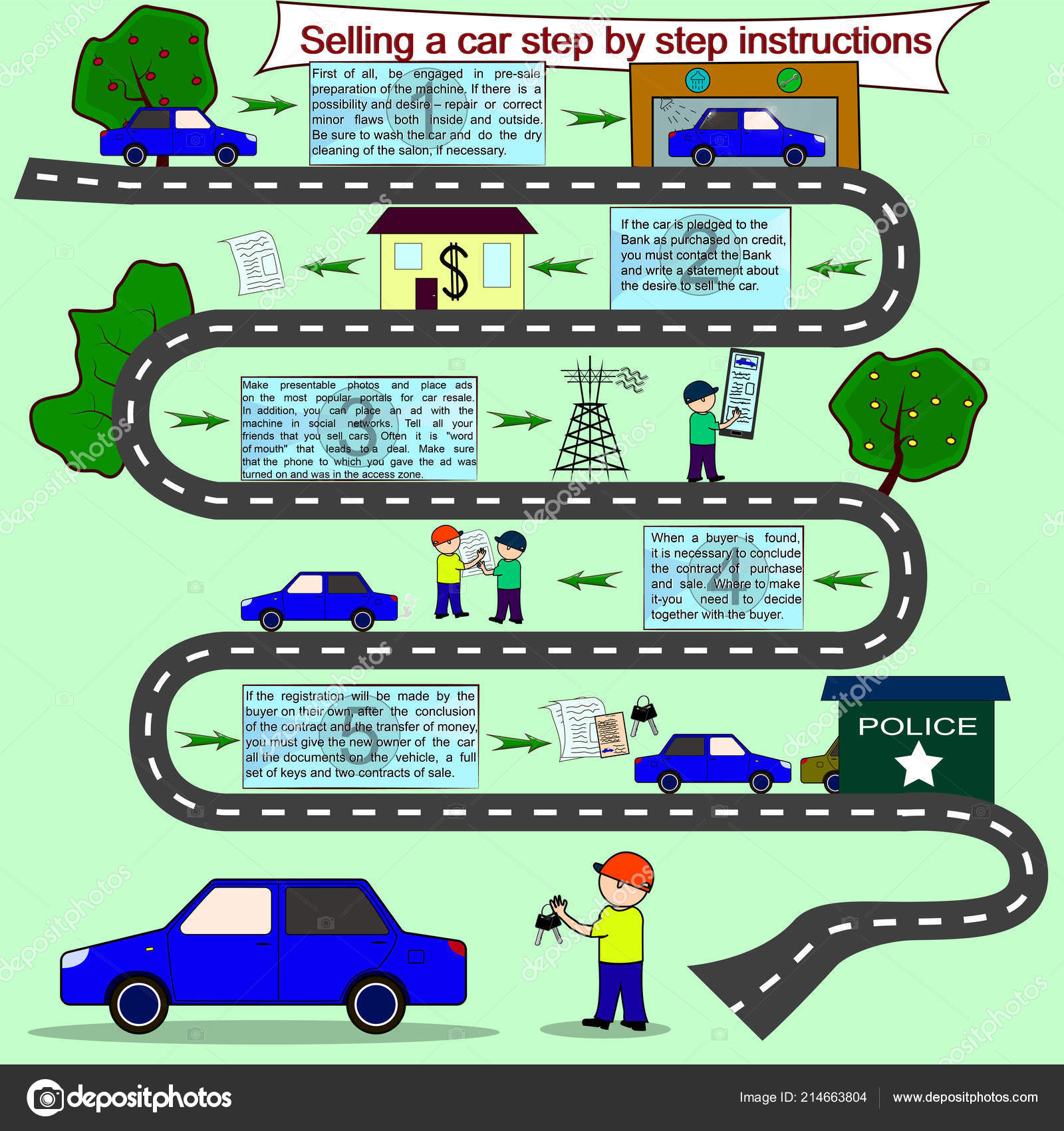Analyzing Your Cars And Truck'S Caution Indicators: What They Actually Communicate
Analyzing Your Cars And Truck'S Caution Indicators: What They Actually Communicate
Blog Article
Created By-Boye Forbes
When you're behind the wheel, those radiant caution lights on your control panel can be a bit perplexing. Do you know what they're attempting to tell you regarding your automobile's wellness? Comprehending the value of these lights is essential for your safety and the longevity of your vehicle. So, the following time one of those lights pops up, wouldn't you wish to decipher its message properly and take the necessary actions to address it?
Common Warning Lights and Interpretations
Determine typical caution lights in your vehicle and comprehend their definitions to guarantee risk-free driving.
The most typical warning lights include the check engine light, which indicates issues with the engine or discharges system. If this light begins, it's essential to have your vehicle examined promptly.
The oil stress alerting light shows low oil stress, calling for prompt interest to stop engine damage.
A flashing battery light might recommend a defective billing system, potentially leaving you stranded if not attended to.
browse this site monitoring system (TPMS) light notifies you to low tire stress, impacting car stability and gas performance. Neglecting this can cause unsafe driving conditions.
The abdominal muscle light indicates a trouble with the anti-lock stopping system, compromising your capacity to quit swiftly in emergency situations.
Last but not least, the coolant temperature level cautioning light warns of engine overheating, which can result in extreme damage otherwise fixed quickly.
Understanding these typical warning lights will certainly aid you attend to issues without delay and keep secure driving conditions.
Significance of Prompt Focus
Comprehending the typical caution lights in your vehicle is only the first step; the relevance of quickly addressing these cautions can not be highlighted sufficient to guarantee your security when driving.
When a caution light brightens on your control panel, it's your cars and truck's way of communicating a potential concern that needs attention. Disregarding these warnings can cause a lot more serious issues in the future, endangering your safety and potentially costing you a lot more in repairs.
Prompt focus to cautioning lights can protect against breakdowns and mishaps. For example, a flashing check engine light could indicate a misfire that, if left ignored, can cause damage to the catalytic converter. Addressing this immediately can conserve you from a costly repair service.
In a similar way, a brake system alerting light may indicate reduced brake liquid or used brake pads, crucial parts for your security when driving.
DIY Troubleshooting Tips
If you notice a warning light on your control panel, there are a few do it yourself repairing pointers you can try prior to looking for professional assistance.
The very first step is to consult your vehicle's guidebook to understand what the particular caution light suggests. Occasionally the concern can be as basic as a loose gas cap activating the check engine light. Tightening up the gas cap might resolve the issue.
Another common concern is a low battery, which can trigger numerous advising lights. Examining the battery links for rust and guaranteeing they're protected may deal with the problem.
If a warning light continues, you can try resetting it by disconnecting the auto's battery for a couple of mins and then reconnecting it. In addition, inspecting your vehicle's liquid levels, such as oil, coolant, and brake fluid, can aid repair warning lights associated with these systems.
Final thought
Finally, recognizing your car's caution lights is important for keeping your car running smoothly and securely. By without delay dealing with these informs and understanding what they mean, you can prevent expensive fixings and potential break downs.
Keep in mind to consult your cars and truck's guidebook for particular details on each warning light and act accordingly to guarantee a trouble-free driving experience.
Remain educated, stay safe when traveling!
